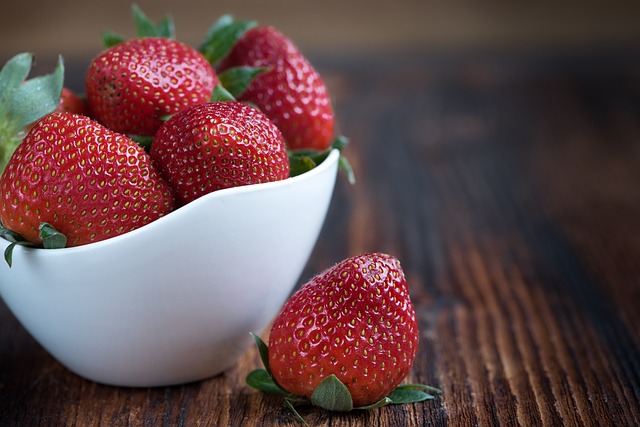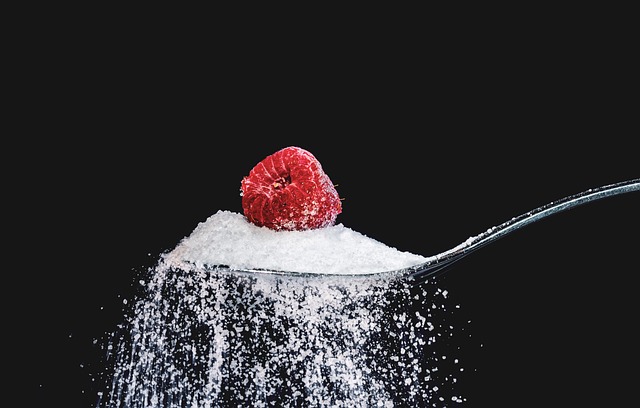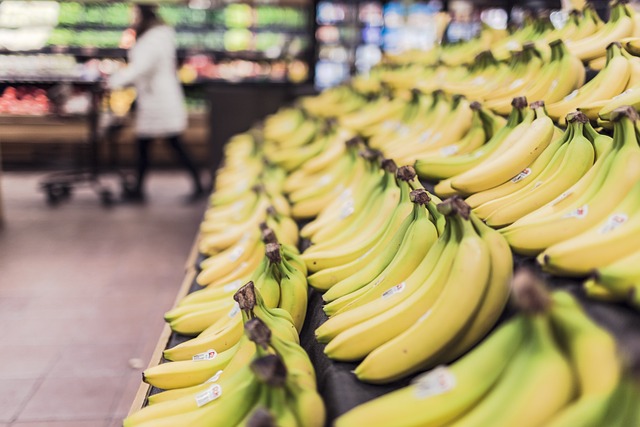Beyond Yogurt: Surprising Sources of Probiotics You Never Knew Existed
Probiotics have gained significant attention in recent years as more people become aware of their potential health benefits. While yogurt is a commonly known source of probiotics, there are many other surprising sources that you may not be familiar with. In this article, we will explore some of these lesser-known sources of probiotics.
Kefir
Kefir is a fermented milk drink that is similar to yogurt but has a thinner consistency. It is made by adding kefir grains, which are a combination of bacteria and yeast, to milk. The fermentation process produces a rich probiotic drink that is not only packed with beneficial bacteria but also contains enzymes, vitamins, and minerals. Kefir can be easily incorporated into your diet by drinking it on its own or using it as a base in smoothies or salad dressings.
Sauerkraut
Sauerkraut is a type of fermented cabbage that is commonly used as a condiment. It is made by thinly slicing cabbage and fermenting it with lactic acid bacteria. The fermentation process gives sauerkraut its sour taste and also creates a host of beneficial bacteria. These bacteria can help promote a healthy gut by improving digestion and supporting the immune system. Add sauerkraut to your sandwiches, salads, or enjoy it as a side dish to reap the probiotic benefits.
Kimchi
Kimchi is a traditional Korean side dish that is made by fermenting vegetables, with cabbage being the most common base. It is spicier than sauerkraut and contains a variety of seasonings such as garlic, ginger, and chili peppers. The fermentation process not only enhances the flavor but also increases the number of probiotics. Kimchi is known for its abundance of vitamins, minerals, and antioxidants, making it a great addition to your diet. Enjoy it as a side dish, in stir-fries, or use it to add flavor to soups.
Miso
Miso is a traditional Japanese seasoning made by fermenting soybeans with salt and a fungus called koji. It is commonly used to make miso soup, but it can also be used in dressings, marinades, and sauces. Miso contains a wide range of probiotics and is a good source of essential nutrients. The longer the fermentation process, the richer the probiotic content. Incorporate miso into your cooking to add depth of flavor and a boost of probiotics.
Tempeh
Tempeh is a fermented soybean product that originated in Indonesia. It is made by introducing a starter culture to cooked soybeans and allowing it to ferment for a period of time. The fermentation process binds the soybeans together, resulting in a firm cake-like texture. Tempeh is not only a great source of probiotics but also a good source of protein and fiber. It can be used as a meat substitute in various dishes or enjoyed grilled, baked, or stir-fried.
Kombucha
Kombucha is a fermented tea beverage that has gained popularity in recent years. It is made by fermenting sweetened tea with a symbiotic culture of bacteria and yeast (SCOBY). The fermentation process converts the sugar into beneficial acids and probiotics. Kombucha is known for its fizzy and tangy flavor, and it comes in a variety of flavors to suit different palates. Enjoy a refreshing glass of kombucha as a healthy alternative to sugary drinks.
Conclusion
While yogurt is a well-known source of probiotics, there are many other surprising sources that can provide you with a diverse range of beneficial bacteria. Incorporating these lesser-known probiotic sources into your diet can help promote a healthy gut, improve digestion, and support your overall well-being. So, the next time you’re looking to boost your probiotic intake, venture beyond yogurt and explore these other delicious options!







